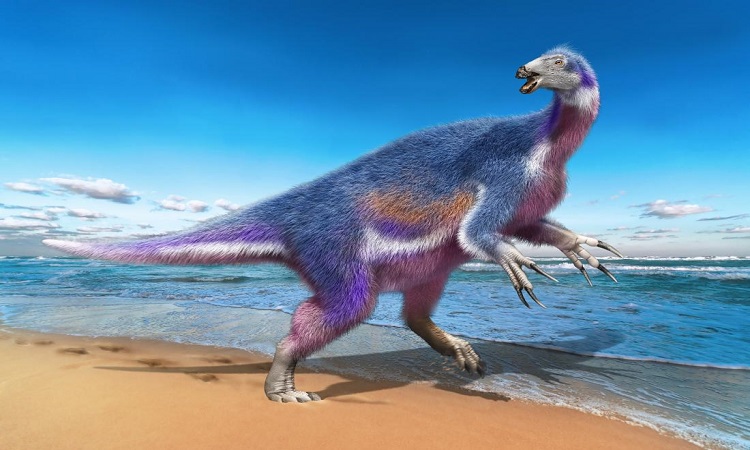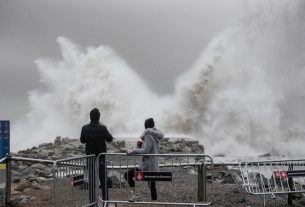A new therizinosaurus dinosaur from the Osoushinai Marine Formation in Japan provides insight into the function and evolution of these animals’ claws. It is also the youngest therizinosaurus fossil from Japan and the first in Asia to have been found in marine sediments.
A new dinosaur in Japan
Therizinosaurs were a large group of theropod dinosaurs (dinosaurs with hollow bones and three-toed limbs) armed with long claws at the end of their front legs. They were mainly herbivores. The fossil record of these animals is rich in Asian countries such as Mongolia and China, while fragmentary remains have been reported from Cretaceous (145-66 million years) deposits in Japan.
One of these specimens, from the Japanese Osoushinai Formation, had previously been identified as a possible therizinosaur, but its taxonomic status had never been confirmed due to lack of comparative data. The remains consisted of a partial vertebra, but also a partial wrist and forefoot originally collected in 2008.
As part of a study published in the journal Scientific Report, a team of Japanese and American paleontologists re-examined these fossils. Recent developments have indeed led to a multitude of data allowing a better classification of therizinosaurs according to the morphology of their claws. Their work has thus confirmed that it is indeed a therizinosaurus, but also a new taxon now called Paralitherizinosaurus japonicus.
A dinosaur hanging out near the coast
As said above, these dinosaurs had huge claws on their hands. Based on their morphology, therizinosaurs are divided into basal and derivative specimens. Based on the claws of the new species, the researchers placed P. japonicus among the derived therizinosaurs.
We know from their length and shape that basal therizinosaur claws were generalized and not intended for any specific use. Conversely, those of so-called derivative specimens, as is the case here, were specialized in hanging and approaching vegetation towards their mouths.
Paralitherizinosaurus japonicus is also the youngest occurrence of therizinosaurus remains in Japan. His discovery suggests that these dinosaurs existed on a much longer time scale and a much larger geographic area than previously thought, at least in Asia. It is also the first record of therizinosaurus from marine sediments in Asia, suggesting that these animals were adapted to coastal environments.



